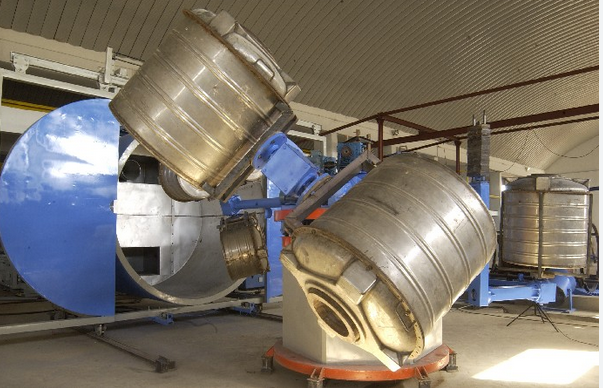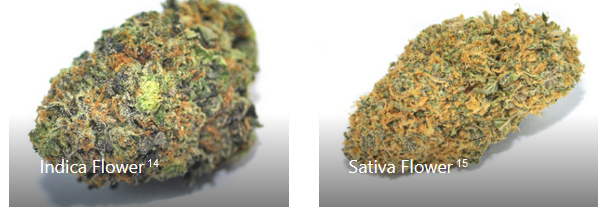Rotomolding, and this is called rotational molding, is really a production method that requires using plastic material supplies to generate a wide range of products. The process is becoming more and more well-known because it is inexpensive, long lasting, and makes substantial-high quality goods. Nevertheless, not so many people are familiar with it yet. In this article, we are going to Plastics Rotomolding check out the basic principles of rotomolding, its positives and negatives, and its particular apps.
1. The procedure of Rotomolding
Rotomolding is really a thermal plastic-type developing technique accustomed to produce hollow plastic-type material merchandise of numerous sizes and shapes. The procedure involves preparing plastic-type material natural powder in a fungus, which happens to be then heated and rotated in most guidelines to layer the internal surface of the mold. The mildew is then cooled, and the finished product is taken away. The process can be achieved with various plastics, which include polyethylene, polypropylene, Pvc material, nylon material, and much more.
2. Features of Rotomolding
Among the considerable features of rotomolding is the fact that finished goods are resilient and extended-enduring. Rotomolding provides for the development of products that are resistant to scuff marks, influence, and harsh climate conditions. Another benefit is the fact that rotomolding is great for creating sophisticated designs and fashoins which might be tough to achieve with some other production techniques. Furthermore, rotomolding can be a cost-efficient production technique, therefore well suited for size production.
3. Drawbacks of Rotomolding
Even with its many benefits, rotomolding also offers its discuss of drawbacks. First of all, the production process is time-consuming, and manufacturing rate is comparatively slow-moving, therefore not perfect for generating substantial quantity merchandise. Secondly, rotomolding requires guidebook contribution, along with a skilled operator must ensure the generation process is completed correctly. Eventually, the process is not suited to products that require high precision and accuracy.
4. Applications of Rotomolding
Rotomolding is commonly used to generate a wide array of items, which includes toys and games, playground devices, storing tanks, energy tanks, and much more. Its ability to produce complex forms and designs causes it to be well suited for creating products which call for customized designs, like kayaks and canoes. Rotomolding is additionally used to generate products which require a double-covering for insulation, such as coolers, and merchandise which need a particular color or texture.
5. Simply speaking
Rotomolding is a versatile manufacturing strategy which is becoming increasingly well-known. It offers benefits including toughness, the capability to generate complicated shapes, and becoming expense-efficient. Nevertheless, it is really not ideal for generating higher quantity merchandise, as well as a experienced user is necessary for your generation process. Using the flexibility of rotomolding and the ability to generate unique forms, this developing strategy will truly form the future of the plastic material market.



